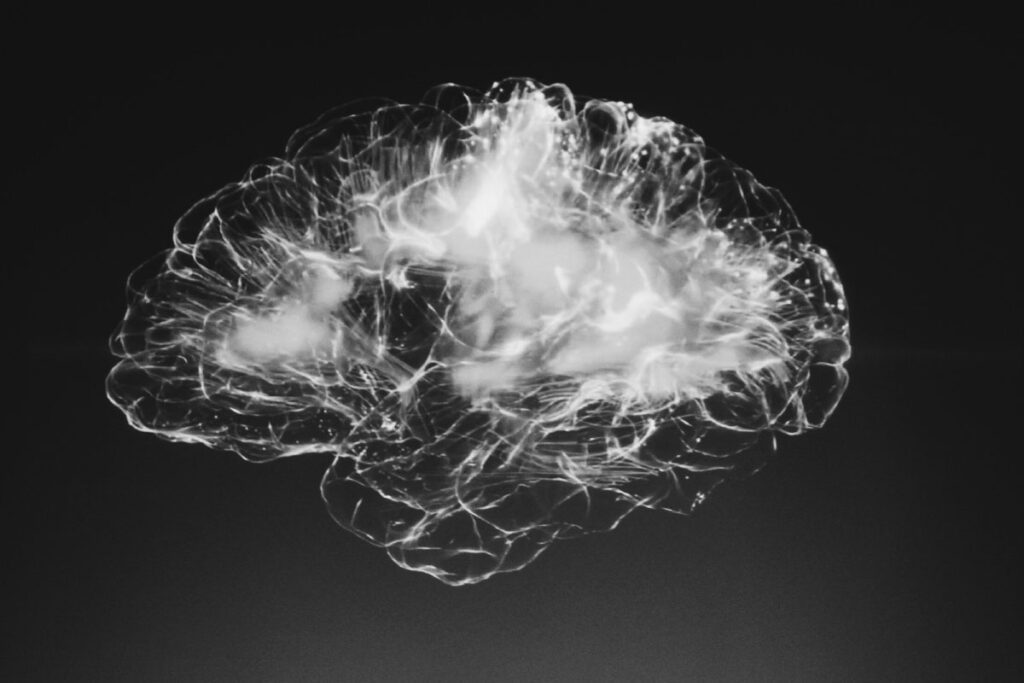Train the brain effectively using visualization
- Dr. Niklas Häusler
- Neuro

"I would visualize the best- and worst-case scenarios. Whether I get disqualified or my goggles fill up with water or I lose my goggles or I come in last, I'm ready for anything.”
- Michael Phelps
Over the last decades, many elite athletes have discovered the power of visualization and motor imagery. Serena Williams [1], Wayne Rooney [2], Michael Jordan [3], Michael Phelps [4], … the list grows longer and longer. The technique includes both the visualization of different competition sequences (see quote above) and the imagination of specific movement sequences (e.g. “game-winning shot” in basketball). But what makes visualization so effective and why should one train it regularly?
Through the power of visualization, we can even activate motor centers in the brain.
Several neuroscientific studies have found that we can activate motor centers in the brain by imagination alone and without actually performing the movement [5,6]. In stroke research, these findings are now so well established that visualization is actually used as part of the treatment method for an optimal recovery of motor skills after a stroke.
Visualization should be trained continuously and according to individual preferences.
For elite athletes, the question should therefore no longer be whether they should use visualization at all, but how they can use the method most effectively for themselves. Some athletes, for example, prefer to visualize competitive situations (what do I do if an opponent insults me), while others prefer to focus on specific movement sequences (e.g. penalty kicks). At neuro11, we help you adjust to your individual training intensity and focus on your individual needs. Together, we will turn visualization into an effective training tool, which you can integrate into your professional everyday life and apply to specific situations at any time (e.g. during rest periods).
Our advice: Sit down on a chair, close your eyes and place your cell phone on your right leg. Now imagine that it rings and you want to pick it up to answer the call. Do you notice how well you can imagine this movement? This simple little example illustrates the imagination ability with which our brain works automatically every day. Now it is important to direct this power into the right direction in order to use it optimally for yourself.
#trainyourbrain
If this article sparked your interest and you would like to know more about this or other topics, please do not hesitate to contact us via info@neuro11.de. We look forward to hearing from you.
